
Function: Controls, protects, and isolates electrical equipment.
Examples: Circuit breakers, disconnect switches, fuses.
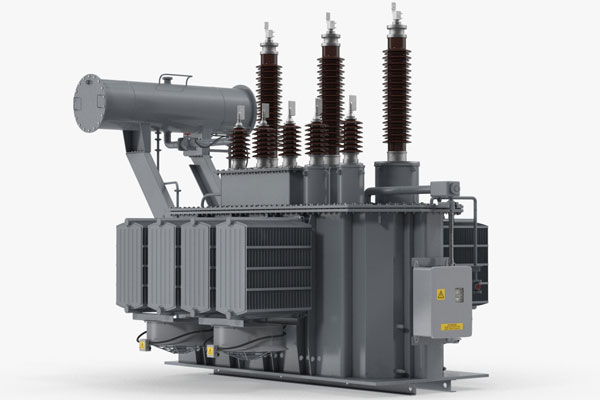
Function: Steps up or steps down voltage in power systems.
Examples: Power transformers, distribution transformers, instrument transformers (current and potential).
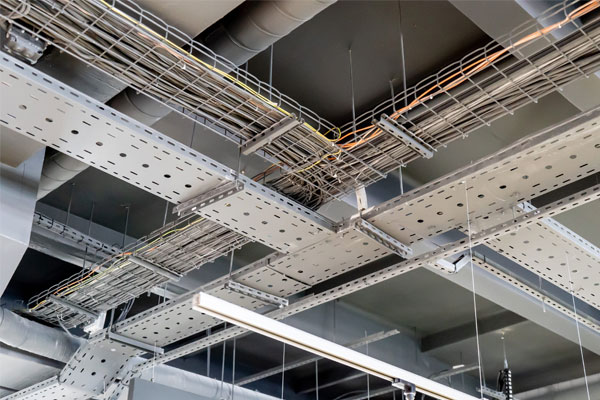
Function: Transmit electrical power or control signals.
Examples: Power cables (e.g., XLPE, armored), instrumentation cables (e.g., twisted pair, shielded), cable trays, and conduits.
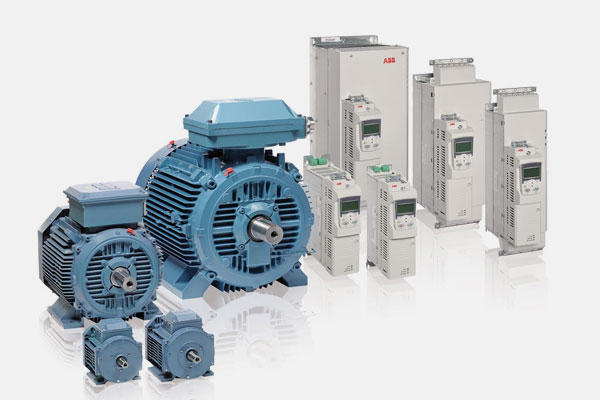
Function: Convert electrical energy into mechanical energy and regulate motor speed.
Examples: AC/DC motors, variable frequency drives (VFDs).
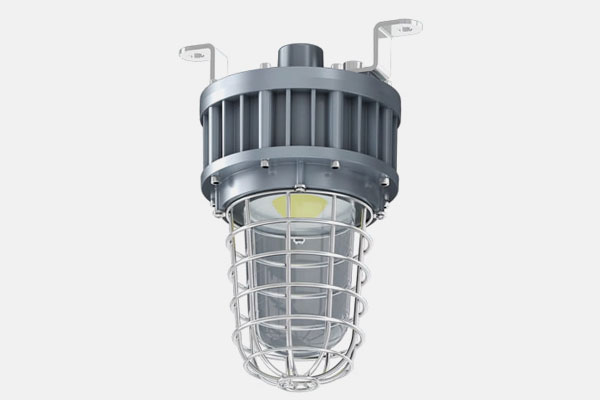
Function: Illuminate facilities.
Examples: LED lights, explosion-proof lighting for hazardous areas, control panels for lighting.

Function: Distribute electrical power across the facility.
Examples: Low Voltage (LV) switchboards, Medium Voltage (MV) switchboards.

Function: Dissipate fault current safely to prevent shocks and fires.
Examples: Grounding rods, earthing mats, grounding cables.
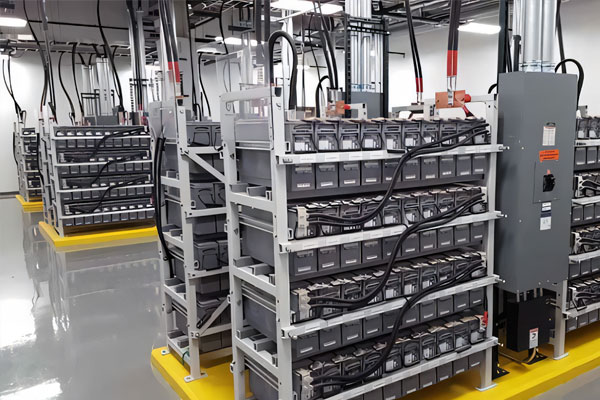
Function: Provide uninterrupted power during outages.
Examples: Uninterruptible Power Supply (UPS) units, battery banks (lead-acid, lithium-ion).

Function: House equipment that controls machinery or processes.
Examples: Motor Control Centers (MCCs), distribution boards, PLC panels.

Function: Protect electrical equipment from environmental elements.
Examples: Junction boxes, instrument enclosures, weatherproof and explosion-proof enclosures.
